Stefanie Schneider
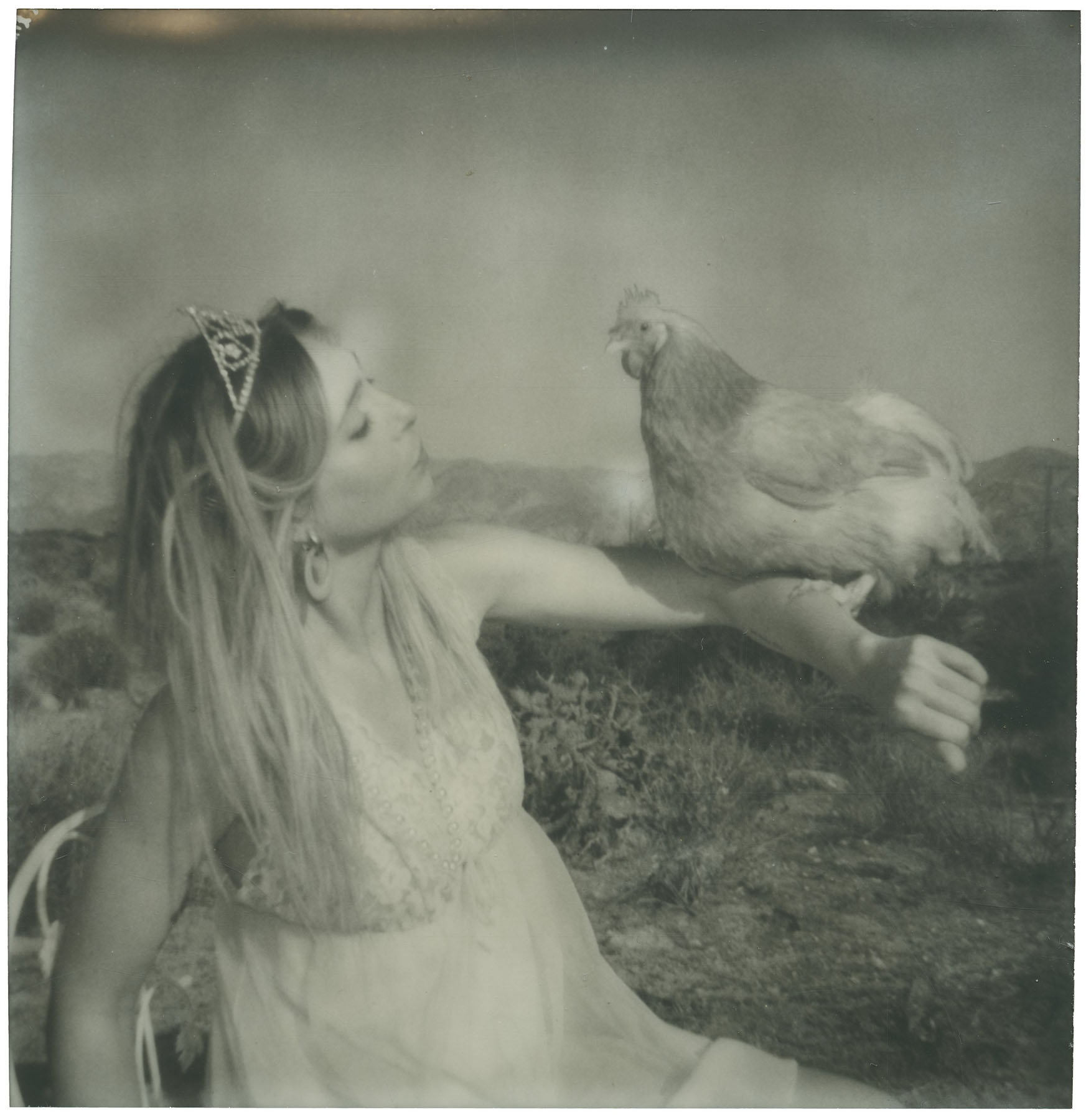
On the West, Nostalgia and Instant Dreams
Stefanie Schneider captures the Western mentality and landscapes, archetypical histories of love, flawed beauty, and how women coddle chickens through her lens. She projects the life she yearns to live, the love she hopes to embody and receive, and the lust for both from within her onto her images. The results display burned spots in print or hazy and overlapping gradients of light, the signature she created for herself and her audience. These flaws, as she dubs them, manifest a mythlike dream Stefanie imagines for herself and those around her, ushering them into a discrepancy between light and darkness in photographic styles and the human psyche.
The German photographer works on self-portraiture as she poses for most of her projects, always infusing every shot with her views on life, love, and nostalgia. As she taps into her realm, Stefanie’s flair for memories and bygone eras – plus an old ranch and a farm of chickens – unravels into instinctive and distinctive photographs that ask viewers to journey through their definition of psychedelia and existence.
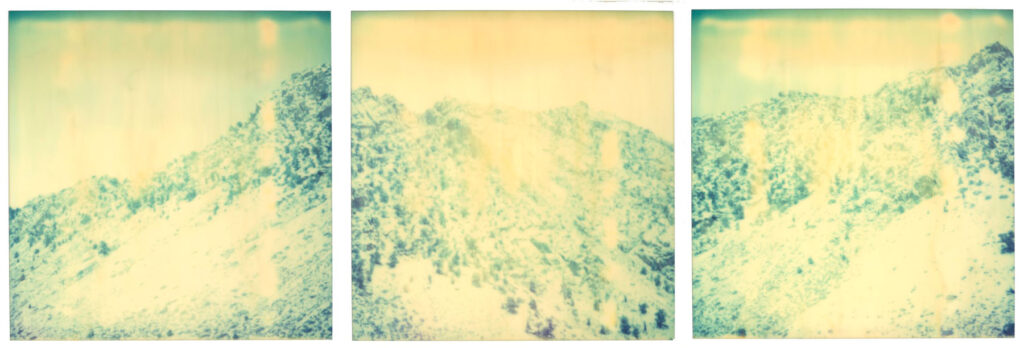
I wanted to ask how you got the moniker Instant Dreams then I came across your photo book of the same title. In this compendium, you take the American West as your inspiration to tell stories that evoke ideas of masquerade and play, and of love, pain, loneliness, alienation, rediscovery, and a social commentary on America. Why were you fascinated with these themes?
Instantdreams is simply a combination of my two primary interests: the American dream and instant film. It just came to me in 1998 when I was building my first website. The American West has wide, open spaces that give us perspective on the meaning of life. Its void is a reflection of your interpretation. Expired Polaroid film produces ‘imperfections’ that mirror the flaws of the American Dream. These imperfections also illustrate that the dream is a myth that misleads, offering unachievable goals; the dream turning into a nightmare. The disintegration of Western society. The last hurrah.
That is the canvas of my creations. In fact, it’s the rudder of my uncharted journey. The allure of America is my pursuit of self-identity through love and pain, alienation and loneliness.
In your first book, Stranger than Paradise, the description mentions: There is no script, and none is necessary – a primal tale with ordinary looking people with archetypical histories – they drink, make love in nameless hotels, stalk the desert under the blinding sun, dance and carouse, and endlessly move on. A sense of liberation surrounds these scenes. Have you lived through these situations? When do you feel the most liberated?
All of my projects originate from my personal story. I created a place for my imagination to flourish, so there are no limits to where I can go. This particular project you’re referring to is called ‘Sidewinder’ and is one of my most personal stories. It projects the intensity of love, the pain of losing love, futile attempts to hold on to it, and the destructive acts we engage in to avoid abandonment. For me,
“there is a catharsis in creation. Art liberated me. It allowed me to create a parallel universe.”
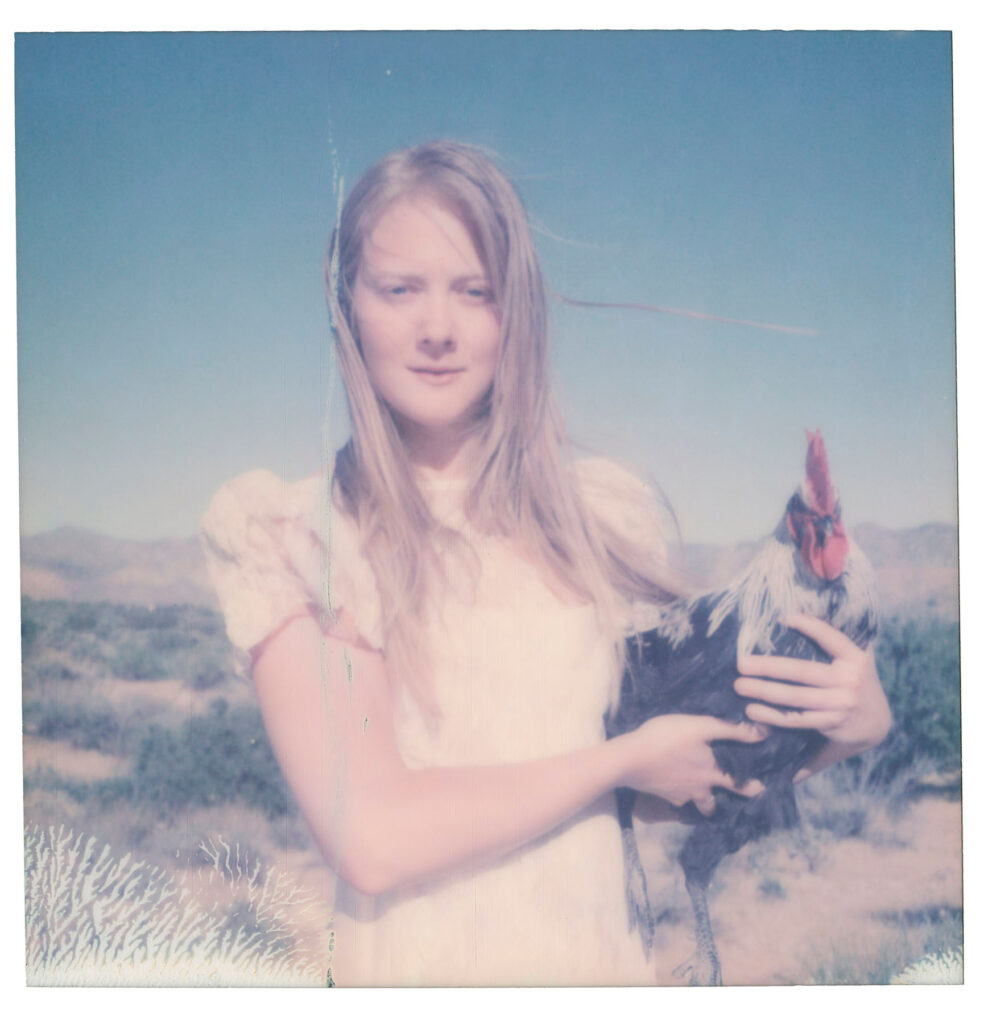
Going through your selected projects, three bodies of work caught my attention. I want to start with Oilfields (2004). It connotes both the notion of the frontier and the adventurous mentality of the West, and a kind of horizontal understanding of the landscape that is so quintessential about the West. Would you still describe the Western mentality as such today considering that you did this project in 2004? What changes have you noticed?
The project was published in 2004. The actual shoot took place in 1999. Considering that, basically everything has changed. There was still a kind of innocence present. The internet just started. Hardly anybody used cell phones. The information traveled slower. Actual letters were still sent and received. There was more time. Pre 9/11.
The landscapes were emptier and less populated. The feeling of being alone was much greater. Climate change wasn’t omnipresent. Back then the open landscapes felt like the last frontier. The last place to disappear into; to be swallowed into your own imagination. But it felt as if we were witnessing, with our own eyes, that times were changing, that everything would break apart.
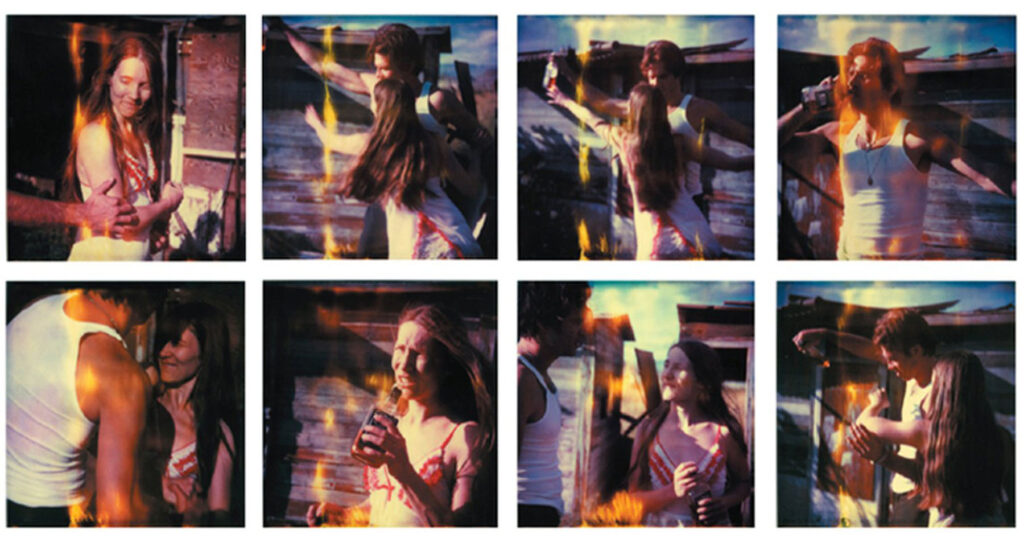
Fast forward to 2014, you introduce Wabi-Sabi (2014) as desolation and solitude are two adjectives that I would use to describe my Polaroid photographs, another two would be the Japanese term ‘Wabi-Sabi”. The simplicity of ‘flawed beauty’ comes from the expired film I use to create a reflection of love and loneliness. Why did you use desolation and solitude as descriptions? Was that how you felt? Then, why did you combine the feeling of love with loneliness?
Love, lost love, and unrequited love are the prominent themes in my 29 Palms, CA project. The consequences of emptiness, loneliness, and absence are related to existential themes, just like expired films. Constantly changing and crumbling, the film mirrors the changes of time, almost like a premonition. The summers seared through heat waves to the cracks of the Wabi-Sabi void.
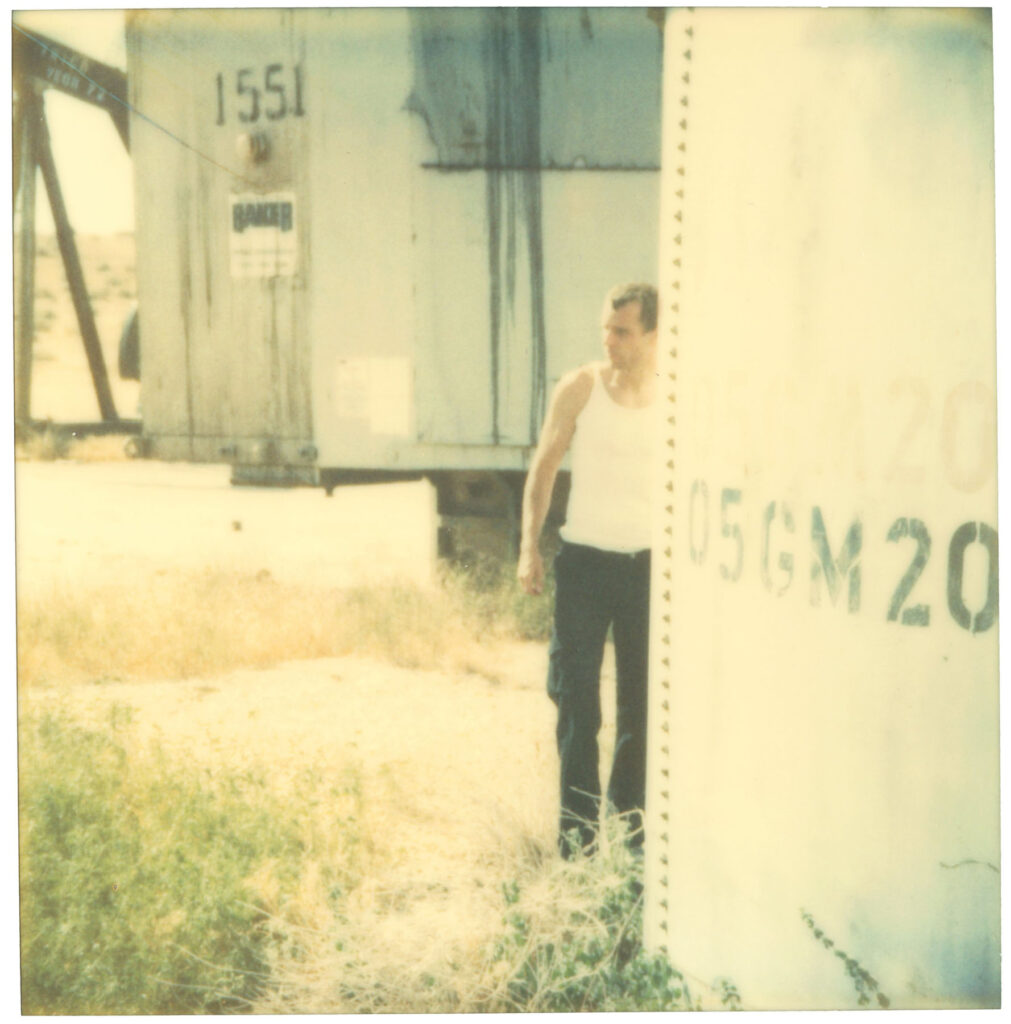
Onto the third one: Chicks and Chicks and sometimes Cocks (2016 – present). One sees women dearly hold chickens in their arms. Can you share the concept and beginnings of this project? What do you aim to convey?
I rescued an old ranch in the High Desert just over ten years ago. Since then, I have been focusing on self-sustainability, growing organic food, and raising chickens, which has been so rewarding to me. I absolutely love chickens and wanted to share their beauty. I call it my Desert Living project. It is about reconnecting our human needs back to the sources of living, back to basics; my own personal reset.
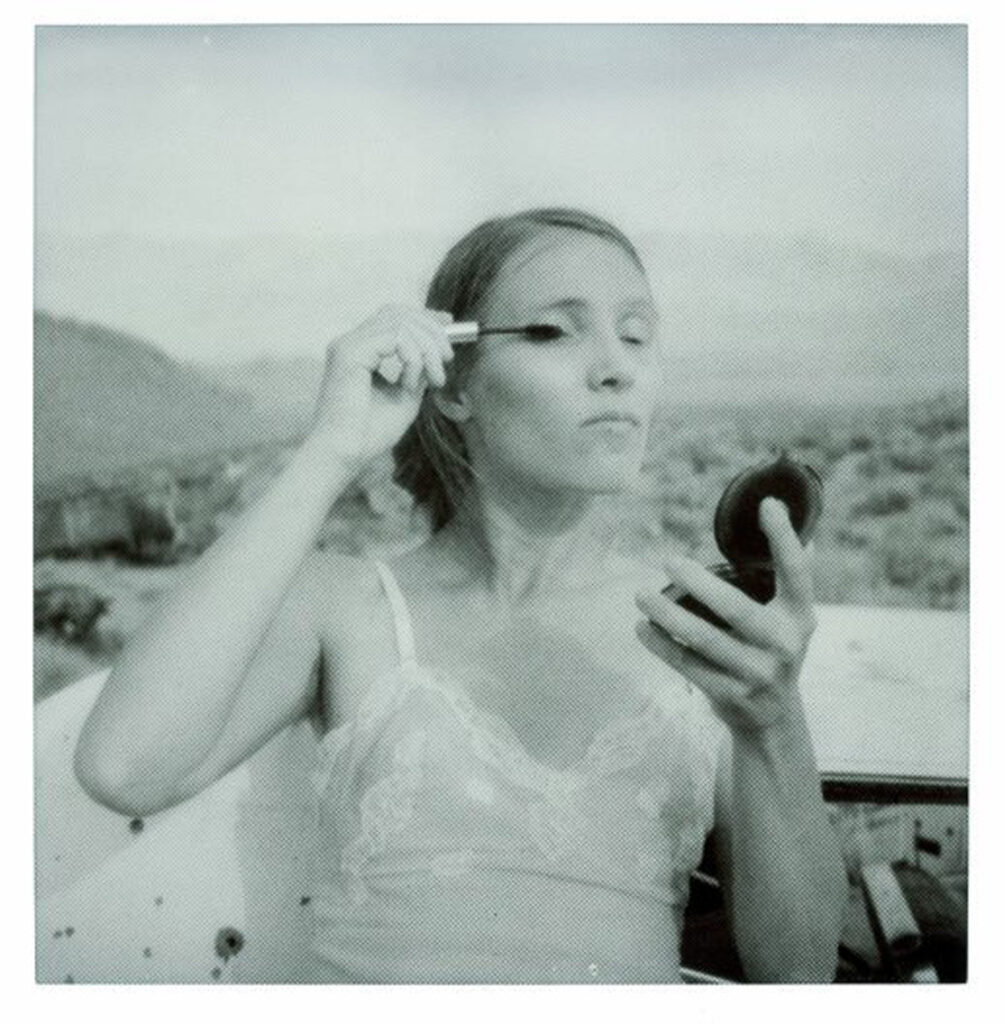
You have used expired Polaroid films to capture and emphasize the sun-drenched, nostalgic, and photographic appeal of memories. Is there a forgotten memory that you want to relive? How do memories influence your creative artistry?
Memories are the essence of life itself. They are stories, they are history, they are our identity. The ones you keep and show define what transpires. The Polaroid itself is a tangible reminder of a moment we want to remember and hold onto.
“We only have what we remember or imagine.”
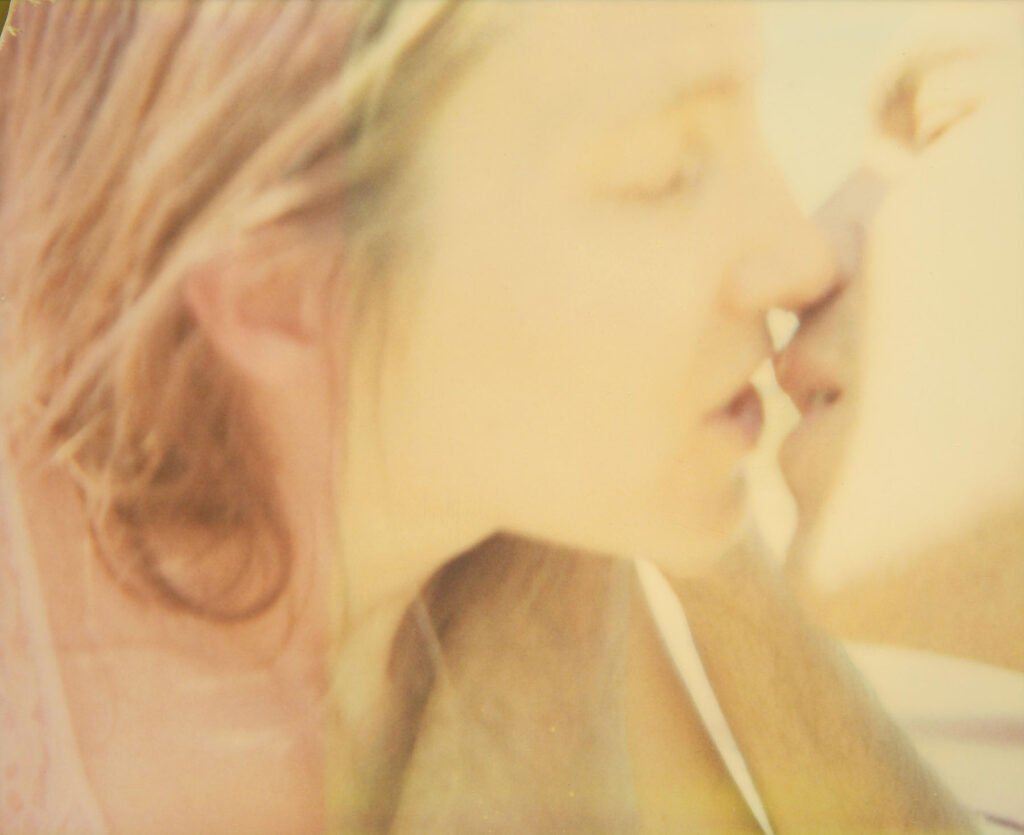

Thinking about your filmic and trance-like style, how would you direct your self-portrait and want the backdrop, the approach, and the essence to be?
A picture of myself looking at myself in the mirror of some old car far out in the desert, alone and searching with desire for a love that I know exists.
My work is full of self-portraits. I am using myself as the subject a lot either because nobody else is around or because the project is so personal such as in the case of ‘Sidewinder’ or ‘Wastelands’. I can create my vision far easier and more precisely if I play the role myself. Nobody else could have felt what I felt at that moment, so I appear again and again and again.
Credits
Images STEFANIE SCHNEIDER
http://www.instantdreams.net/